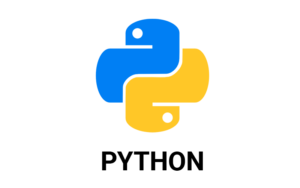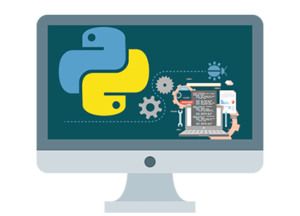How to learn Python?
Learning Python can be a daunting task, especially if you’re new to programming. But don’t worry, Python is an easy language to get started with. With some dedication, patience, and a few helpful tips, you can learn Python quickly and effectively.

1. Understand the Basics
Before you jump into writing actual Python code, it’s important to understand the basics of the language. Take some time to familiarize yourself with what Python is and how it works.
2. Install Python
Now that you understand the basics, it’s time to install Python on your computer. Download the latest version from the Python website and follow the installation instructions.
3. Choose a Learning Method
Once you have Python installed, it’s time to find the best way for you to learn. There are many different methods for learning Python, including online courses, tutorials, and books. Pick one that works best for you, and stick with it.
4. Practice Writing Code
Now that you have chosen a method to learn Python, it’s time to get started. As you work through tutorials or courses, make sure you actually write and practice the code. This will help you to better understand the language and remember the concepts.
5. Use Online Resources
Don’t be afraid to take advantage of the many online resources available for Python. There are plenty of websites, forums, and blogs devoted to helping Python programmers. If you ever get stuck, these resources can be invaluable.
6. Join a Community
Finally, don’t forget to join a Python community. Participating in a community is a great way to learn from experienced programmers, ask questions, and get feedback on your work. There are many active Python communities online, so take some time to find one that works for you. Learning Python can be challenging, but with some patience and effort, you can become a proficient Python programmer. Follow these tips and you’ll be well on your way to mastering the language. Good luck!
What are the tools needed for developing Python?
1. Python Interpreter: The Python interpreter is used to interpret and execute Python code.
2. Text Editor: A text editor is used to create and edit Python programs. Popular text editors for Python include Sublime Text, Atom, and Visual Studio Code.

3. Python IDE: An IDE (Integrated Development Environment) allows developers to write, debug, and execute code more efficiently. Popular Python IDEs include PyCharm, Spyder, and WingIDE.
4. Debugger: A debugger is a tool used to find and fix errors in code. Python has a built-in debugger called pdb.
5. Version Control System: Version control systems are used to manage changes in source code over time. Popular version control systems for Python include Git and Mercurial.
6. Unit Testing Framework: Unit tests are used to verify that code works as expected. Popular unit testing frameworks for Python include unittest, nose, and pytest.
What is Python framework used for?
Python frameworks are used for developing web applications, desktop applications, and data-driven applications. Frameworks provide developers with the structure and the tools they need to quickly create complex applications and websites. Popular Python frameworks include Django, Flask, Pyramid, and Web2py.
What is the average salary for a Python developer?
The average salary for a Python developer in the United States is approximately $115,000 per year. Salaries can vary depending on experience and location.